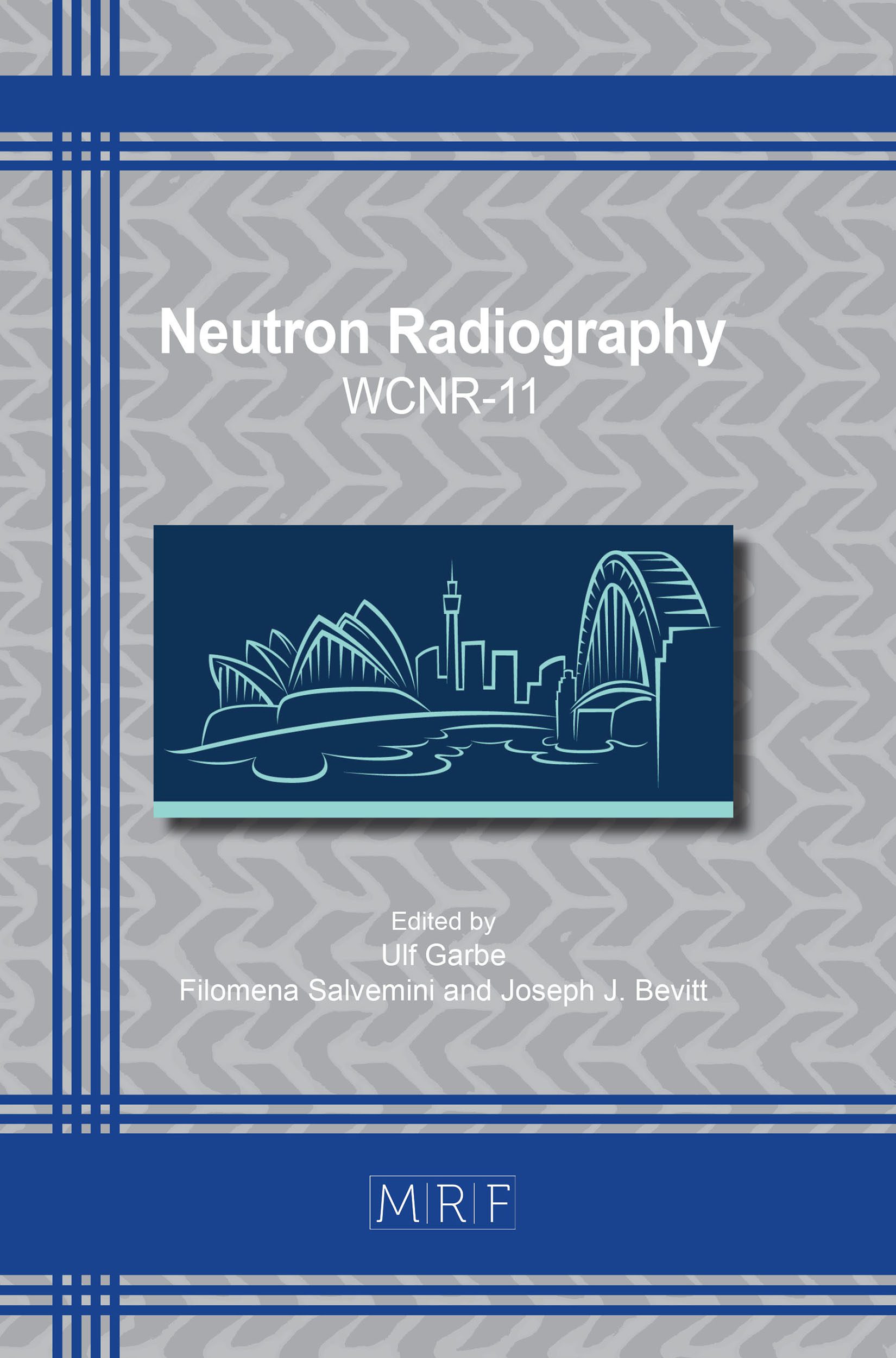Digitally Excavating the Hidden Secrets of an Egyptian Animal Mummy: a Comparative Neutron and X-ray CT Study
Carla A. Raymond, Joseph J. Bevitt
download PDFAbstract. Here we present further analysis and interpretation of our recently published work (Raymond et al. 2019) on a mummified cat (IA.2402) on loan from the Australian Institute of Archaeology (AIA) in Melbourne, Australia. This was the first published case to implement X-ray and neutron CT to votive animal mummies, and is the first in a series of similar studies undertaken at ANSTO. The application of neutron CT to this type of artefact was ideal to non-destructively study mummification techniques and learn about its hidden contents. Using a combination of X-ray and neutron CT provided valuable insight, both individually and collectively, revealing: a partial animal skeleton, an amulet, several layers of coarse and fine textile, and folded padding. Combining both techniques also allowed for complementary study of bones, soft tissue, and textile components. Use of multiple segmentation tools in 3D reconstruction and visualization software VG Studio Max 3.0 enabled detailed digital excavation of the sample, allowing for identification of species, age at death, and how textiles were used to shape and wrap the mummy. Results revealed the animal remains belong to a small, juvenile feline.
Keywords
Neutron Tomography, Mummification, Segmentation, Non-Invasive, Non-Destructive, Cultural Heritage
Published online 1/5/2020, 6 pages
Copyright © 2020 by the author(s)
Published under license by Materials Research Forum LLC., Millersville PA, USA
Citation: Carla A. Raymond, Joseph J. Bevitt, Digitally Excavating the Hidden Secrets of an Egyptian Animal Mummy: a Comparative Neutron and X-ray CT Study, Materials Research Proceedings, Vol. 15, pp 250-255, 2020
DOI: https://doi.org/10.21741/9781644900574-39
The article was published as article 39 of the book Neutron Radiography
![]() Content from this work may be used under the terms of the Creative Commons Attribution 3.0 licence. Any further distribution of this work must maintain attribution to the author(s) and the title of the work, journal citation and DOI.
Content from this work may be used under the terms of the Creative Commons Attribution 3.0 licence. Any further distribution of this work must maintain attribution to the author(s) and the title of the work, journal citation and DOI.
References
[1] David, A., 1997. Disease in Egyptian mummies : the contribution of new technologies. The Lancet, 349, pp.1760–63. https://doi.org/10.1016/S0140-6736(96)10221-X
[2] Ginsburg, L., 1999. Les chats momifiés de Bubasteion de Saqqarah. Annales du Service des Antiquités de l’Égypte, 74, pp.183–191.
[3] Ikram, S., 2011. Experimental Archaeology: From Meadow To Em-Baa-Lming Table. In C. Grave-Browns, ed. Experiment and Experience. Cardiff: University of Wales Press, pp. 53–74. https://doi.org/10.2307/j.ctvvnbgg.8
[4] Ikram, S. & Dodson, A., 1988. The Mummy in Ancient Egypt: Equipping the Dead for Eternity., London: Thames and Hudson.
[5] Van Neer, W. et al., 2014. More evidence for cat taming at the Predynastic elite cemetery of Hierakonpolis (Upper Egypt). Journal of Archaeological Science, 45(1), pp.103–111. https://doi.org/10.1016/j.jas.2014.02.014
[6] Raymond, C.A., 2017. Mummification unwrapped: investigating an Egyptian votive mummy using novel, non-invasive archaeometric techniques. Macquarie University. Available: http://hdl.handle.net/1959.14/1268641.
[7] Raymond, C.A. et al., 2019. Recycled Blessings: an Investigative Case Study of a Re-wrapped Egyptian Votive Mummy using Novel and Established 3d Imaging Techniques. Archaeometry. https://doi.org/10.1111/arcm.12477
[8] Shaw, I., 2004. Ancient Egypt: A Very Short Introduction, Oxford: Oxford University Press. https://doi.org/10.1093/actrade/9780192854193.001.0001
[9] Smith, S.T., 2016. Unwrapping the Mummy: Hollywood Fantasies, Egyptian Realities. In J. M. Schablitsky, ed. Box Office Archaeology: Refining Hollywood’s Portrayals of the Past. Routledge, p. 256.































